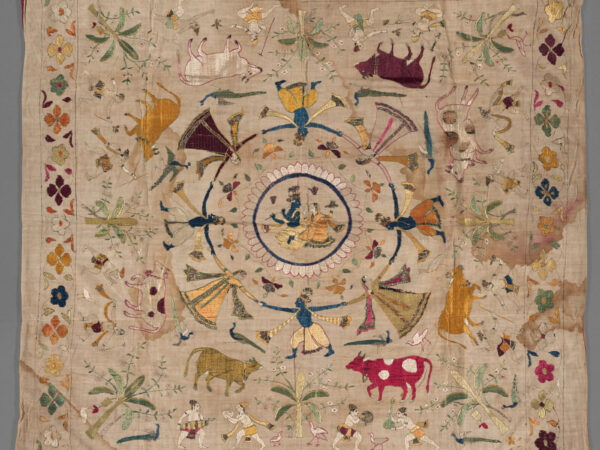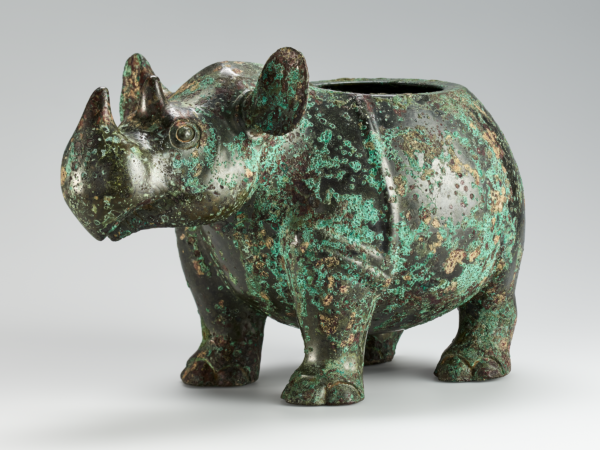Activity
Hindu Temples
Hindu temples are numerous in form, and probably evolved from a variety of sources, including the worship of natural sites, mounds, trees, due to the need for a place to conduct ritual practices and house images of deities.

Kandariya Mahadeva temple
Early Buddhist and Hindu Sites
Some of the most famous early Buddhist and Hindu sites were not temples, but caves hewn from the rock and shaped into pillared halls, chambers for sacred images, and cells for monastic or mendicant habitation. Early constructions created in more ephemeral materials have not survived, although rock cut constructions do reveal some details about building in wood and other materials. Gradually, from about the Gupta Period on (300–500 CE), free-standing stone structures began to replace the earlier rock-cut forms. Nevertheless, the cave-like aspect of the central chamber within a temple persisted, with vertical superstructures rising above them.
Devotees entered the temple proper through a pavilion or hall area directly in front. All parts of the temple correspond with axial lines of cosmic significance. Rock-cut temple architecture also continued to evolve, both in the Hindu and Buddhist contexts, producing some of the most spectacular, ambitious, and arduously created monuments in the world.
Temple Styles and Structures
While many styles evolved, distinctions can be made between north-Indian style and southern-Indian style temples. The differences are most apparent in the appearance of the vertical superstructure. Northern towers tend to be more curvilinear as they reach upward. Southern towers are more pyramidal, with terraced stories moving upwards in clearly defined layers.
When looking at Hindu temple sculptures, the two principal media are stone and bronze. Stone sculptures generally adorned the walls of the temple, whereas bronze or stone statues could be found in the inner chambers. In an active temple, statuary would be painted, or adorned with flowers and other offerings.






